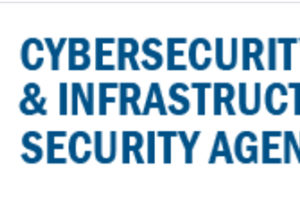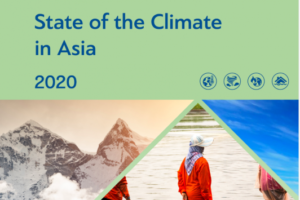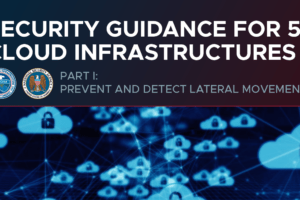CISA Releases Directive on Reducing the Significant Risk of Known Exploited Vulnerabilities

The Cybersecurity and Infrastructure Security Agency (CISA) issued Binding Operational Directive (BOD) 22-01, Reducing the Significant Risk of Known Exploited Vulnerabilities, to drive urgent and prioritized remediation of vulnerabilities that are being actively exploited by adversaries. The Directive establishes a CISA-managed catalog of known exploited vulnerabilities and requires federal civilian agencies to remediate such vulnerabilities within specific timeframes.
CISA issued BOD 22-01 to drive federal agencies to mitigate actively exploited vulnerabilities on their networks, sending a clear message to all organizations across the country to focus patching on the subset of vulnerabilities that are causing harm now, and enable CISA to drive continuous prioritization of vulnerabilities based on our understanding of adversary activity. The Directive applies to all software and hardware found on federal information systems, including those managed on agency premises or hosted by third parties on an agency’s behalf. With this Directive, CISA is imposing the first government-wide requirements to remediate vulnerabilities affecting both internet-facing and non-internet facing assets.
“Every day, our adversaries are using known vulnerabilities to target federal agencies. As the operational lead for federal cybersecurity, we are using our directive authority to drive cybersecurity efforts toward mitigation of those specific vulnerabilities that we know to be actively used by malicious cyber actors,” said CISA Director Jen Easterly. “The Directive lays out clear requirements for federal civilian agencies to take immediate action to improve their vulnerability management practices and dramatically reduce their exposure to cyber attacks. While this Directive applies to federal civilian agencies, we know that organizations across the country, including critical infrastructure entities, are targeted using these same vulnerabilities. It is therefore critical that every organization adopt this Directive and prioritize mitigation of vulnerabilities listed in CISA’s public catalog.”
With over 18,000 vulnerabilities identified in 2020 alone, organizations in the public and private sector find it challenging to prioritize limited resources toward remediating the vulnerabilities that are most likely to result in a damaging intrusion. This Directive addresses this challenge by driving mitigations of those vulnerabilities that are being actively exploited to compromise federal agencies and American businesses, building upon existing methods widely used to prioritize vulnerabilities by many organizations today.
This Directive applies to federal civilian agencies however, CISA strongly recommends that private businesses and state, local, tribal and territorial (SLTT) governments prioritize mitigation of vulnerabilities listed in CISA’s public catalog and sign up to receive notifications when new vulnerabilities are added.








